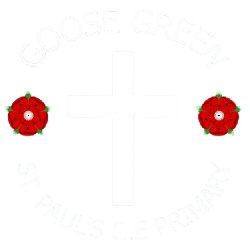Wigan - a date line
Roman Wigan
Wigan was the Roman site of a settlement called Coccium. This was found
to be true when an excavation in 1983 found the remains of a Roman road
at the Weind and traces of large timber buildings and some pottery
1086
The Doomsday Book mentions a church in the Manor of Newton. This was
probably Wigan.
1245 & 1258
Wigan was granted Charters by the King of England for the peasants of
Wigan to have a market & 2 Fairs.
1246
A Royal charter allowed Wigan to become a Royal Borough, which gave the
people of Wigan the opportunity to buy their freedom from the Lord of
the Manor.
1295
Wigan elected 2 Members of Parliament (MP's).
1300's
Wigan was one of the 4 biggest Market Towns in Lancashire.
1651
During the Civil War, between the King's Cavaliers and Oliver Cromwell's
Roundheads, a famous battle of Wigan Lane occurred. A Monument, near
the Wigan Infirmary, is the place where Sir Tyidesley was killed during the
Battle. Also during the war Roundheads tried to kill the Cavaliers hiding in
the Tower of the Parish church by shooting cannons at them. Later King
Charles was beheaded and Oliver Cromwell become Lord Protector of
England. Wiganers have always been Royalists.
1600's
Wigan was an important centre for Pewter outside of London.
1619
A Coal Pit was dug in Millgate.
1700's
Coal Mining, textiles and other industries grew in Wigan. This changed
Wigan from being a Market Town in the country to an Industrial Town.
1831 North Western Station opened.
1848 Wallgate Station opened.
1858 The Wigan Observer was created.
1877 The Old Market Hall opened (where the Galleries are today).
1878 Mesnes Park opened.
1880 The first Steam Tram.
1882 The Old Swimming Baths opened (where the middle & shallow pool are
today).
1907 Carnegie Library opened.
1801 to 1901
The population of Wigan rose from 11,000 to 61,000
26 Mills opened.
48 colliery companies opened.
A large Ironworks opened.
